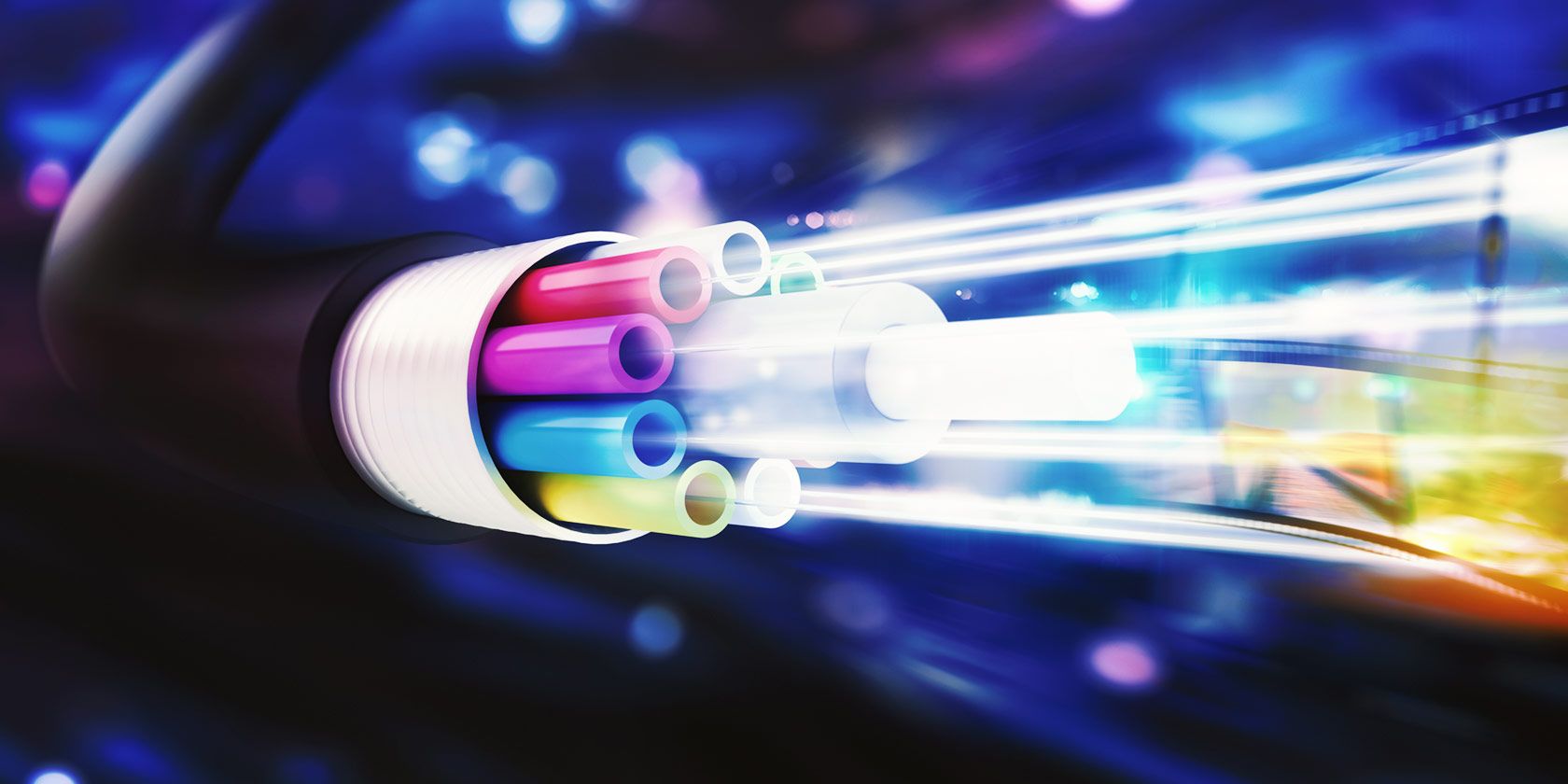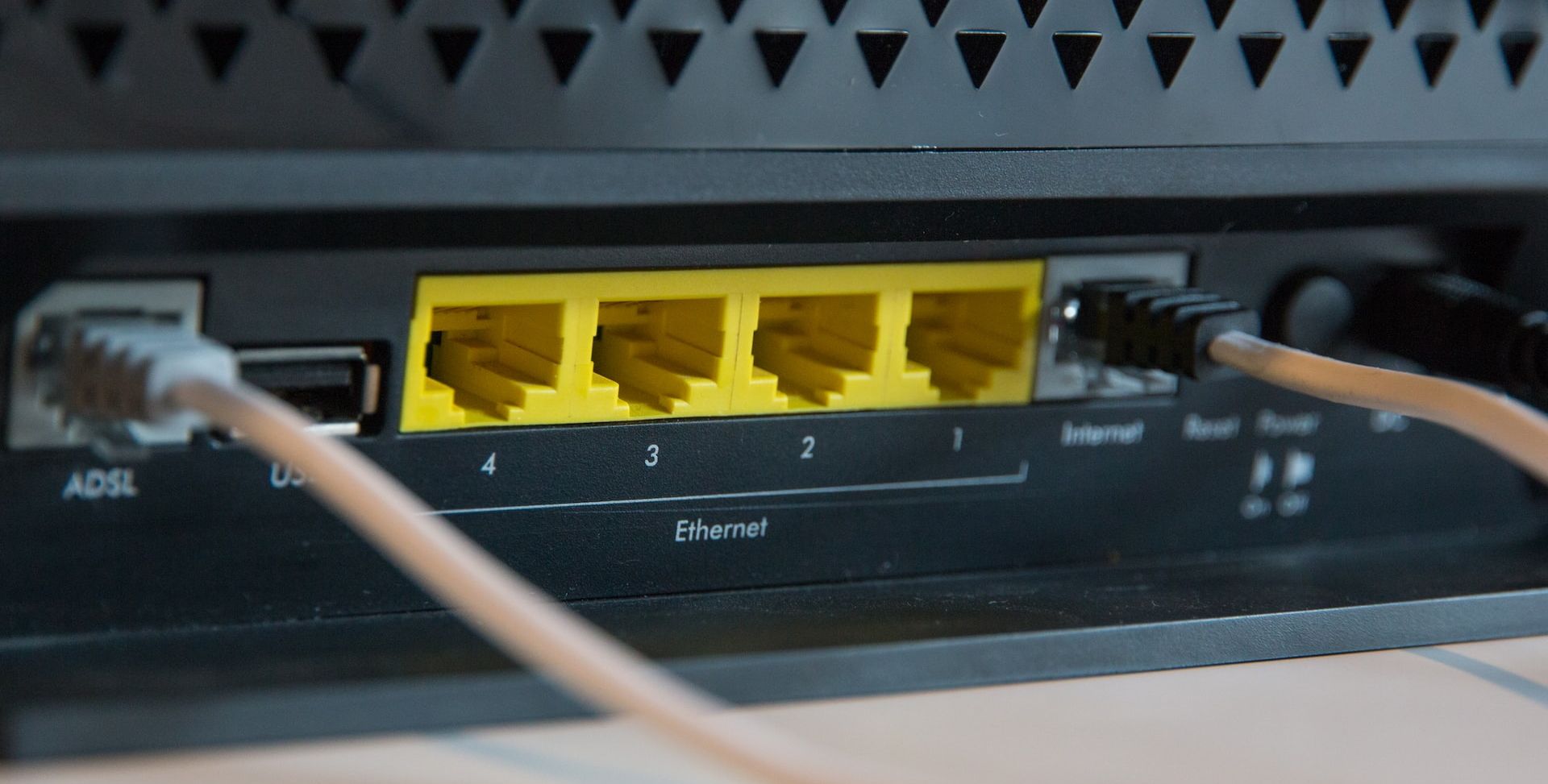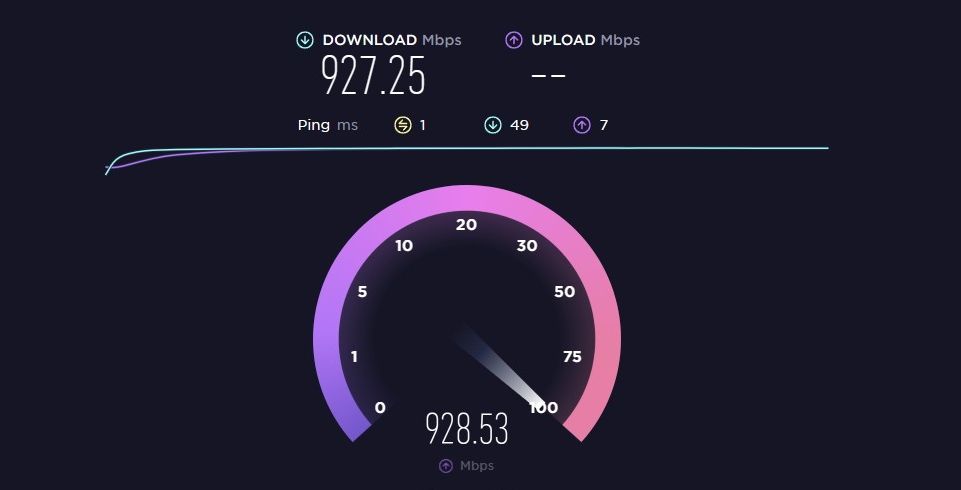So you've just moved into a new neighborhood and, depending on where you are, you have an important choice to make.
You don't want a 56K dial-up because it's far too slow for the modern web. Satellite internet is currently too expensive and problematic, mainly suffering from high latency and limited practical usage. Cellular has come a long way, but it's not quite on par with a hardwired option.
That leaves cable, fiber, and DSL. But which one is the best of the bunch? Let's find out below.
How Cable Internet Works
Cable internet uses the same technology as cable television: data travels through a coaxial cable, often called "coax" for short. The contents are a copper core surrounded by a dielectric insulator, a woven copper shield, and an outer plastic layer.
Cable internet requires a cable modem at your home or office and a cable modem termination system at your operator's location. The latter is what connects your modem to the internet.
A coax cable is more than capable of supplying an internet connection and television access at the same time, with plenty of bandwidth to spare. This is why the two services are often bundled together.
How Fiber Internet Works
A fiber optic cable contains glass or plastic fibers that transmit light instead of electricity. Your data, be it a phone call or a podcast, is contained within this light.
This process works because of total internal reflection. Anytime light hits a material, it may be absorbed, reflected, or refracted. If light gets absorbed trying to escape the cable, there's no connection at the other end, and if it refracts through the cable, the data doesn't make it to the other enLightght needs to continuously reflect from one end to the ot to workher.
For this reason, fibers consist of two layers: core and cladding. The inside and outside layers are both made of glass, such as silicon dioxide. However, the exterior cladding may have other materials mixed in to achieve a lower index of refraction than the core. If the cladding has a higher index, the light will escape the cable during transmission.
How DSL Internet Works
DSL stands for digital subscriber line and is a type of technology used to transmit data over telephone lines. Unlike dial-up, DSL doesn't prevent you from placing phone calls over a landline at the same time.
Because DSL uses existing phone lines, this can make it cheaper to deploy than cable or fiber internet, both of which often require digging trenches to bury cables underground.
Most customers have what is known as asymmetric DSL, meaning the download speeds are faster than the upload speeds. This concept probably sounds familiar, as it's what most of us experience regardless of the type of internet we use.
Symmetric DSL does exist, with researchers having reached speeds over 1Gbps in both directions using transitional copper phone lines. In practice, however, DSL speeds are much slower.
Cable vs. Fiber vs. DSL Internet: Which Is Faster?
Fiber is, without a doubt, the fastest, but the gap is closing. Google Fiber promises speeds of up to 2Gbps. By comparison, Comcast's cable plans max out at around 1Gbps (Gigabit Ethernet), but the company has promised 2Gbps by 2025. That said, Comcast uses a mix of coax and fiber. On the flip side, despite what researchers have been able to achieve, Verizon's DSL plan tops off at 15Mbps.
But that doesn't mean that if you sign up for fiber internet, it's going to be faster for you.
Internet connection speed depends on various factors. If there are many people in your neighborhood accessing the internet at the same time, your videos may buffer more often. This is especially true with cable, but fiber internet isn't immune either.
Then there's the negative effect of limited competition. Verizon Fios can theoretically offer faster speeds than Comcast Xfinity since the former uses fiber optic cables and the latter uses coax. However, Verizon usually offers plans at a similar speed for a comparable price.
As such, when deciding between fiber or cable, you may find yourself asking a different question.
Is Fiber Internet Better?
Fiber has many benefits over cable other than speed. Since fiber optic cables send data faster, they're better suited for long-distance communication, which is why they power much of the internet.
Fiber internet connections are also less likely to go out during a power outage as there's no electricity involved. Since they're made of glass or plastic, they're less susceptible to interference from power lines, electrical equipment, or lightning.
Cable internet has the advantage of availability. It's typically offered wherever cable television exists, which means most non-rural areas have access to it. On the other hand, fiber is often limited to certain cities, and even within a city, only certain areas can have access to it.
DSL may be available in areas where cable and fiber are not, though telephone lines are no longer as essential as they once were. Cellular and satellite internet have increasingly replaced DSL as an internet option for people who cannot get cable or fiber.
As for cost, there's a trade-off. Cable and DSL internet both rely on a company's existing infrastructure (because cable TV and telephone lines have been around for decades) while fiber often requires laying down new cables in an area. On the other hand, fiber is cheaper to maintain over time. As for what consumers pay, plans are pretty comparable regardless of which one you choose.
Then, there's the matter of using your own hardware. Comcast's cable internet lets you use your own modem and router. Using your own router with Verizon Fios or Google Fiber is possible, but it's not easy.
What About the Future?
Between cable and fiber, fiber is the future. We all know about Google Fiber, but more companies are getting into the game. AT&T Fiber is now making its way to cities throughout the United States. Comcast's fastest plans utilize fiber, and smaller players like Ting have also gotten into the game.
That doesn't mean that fiber is the future of residential internet access—not if projects like Starlink have anything to say about it. Satellite internet is currently plagued with high latency, but the potential is there for it to provide speedy access to people all over the planet.
This approach would give people in rural areas access to reliable broadband, and urban residents would have an alternative to cable and fiber when companies have monopolies in their areas.
We also shouldn't overlook the rapid advancement of cellular internet. More and more people are increasingly using smartphones as their primary computers. Portable hotspots already deliver speeds that rival or beat what customers can get from traditional internet plans.
As companies continue to build out their networks and improve their technology, we can expect this to become a more enticing option. For years, small data caps have limited cellular networks from connecting all the devices in your home, but that is changing. For example, T-Mobile's 5G home internet doesn't come with a data cap.
Which Internet Connection Is Right for You?
Cable delivers great speeds and will likely be around for many years to come. It's not technologically the best option, but it's more than enough to get the job done.
That said, fiber is fast becoming an affordable option for millions of people around the world. Unfortunately, DSL sees much less investment these days. Between the three, the future is in favor of fiber.



